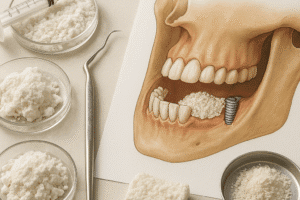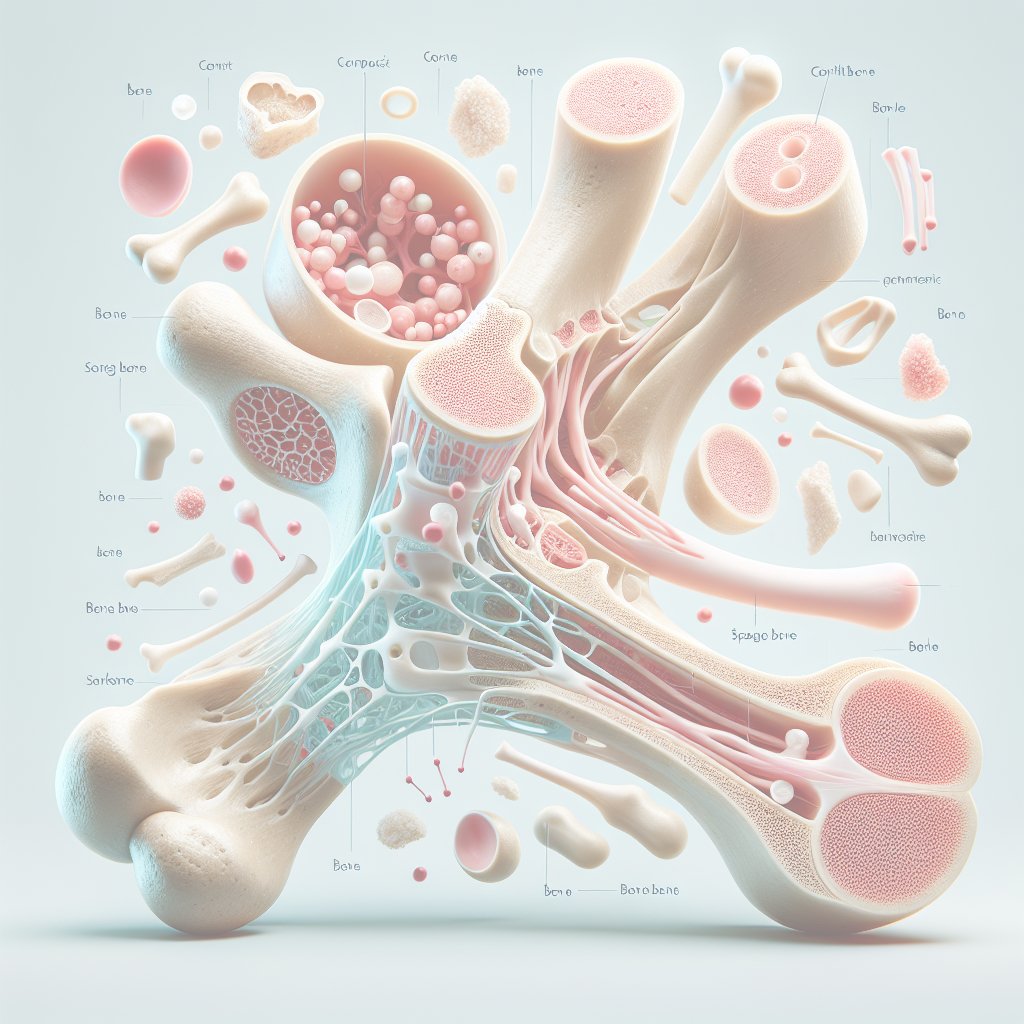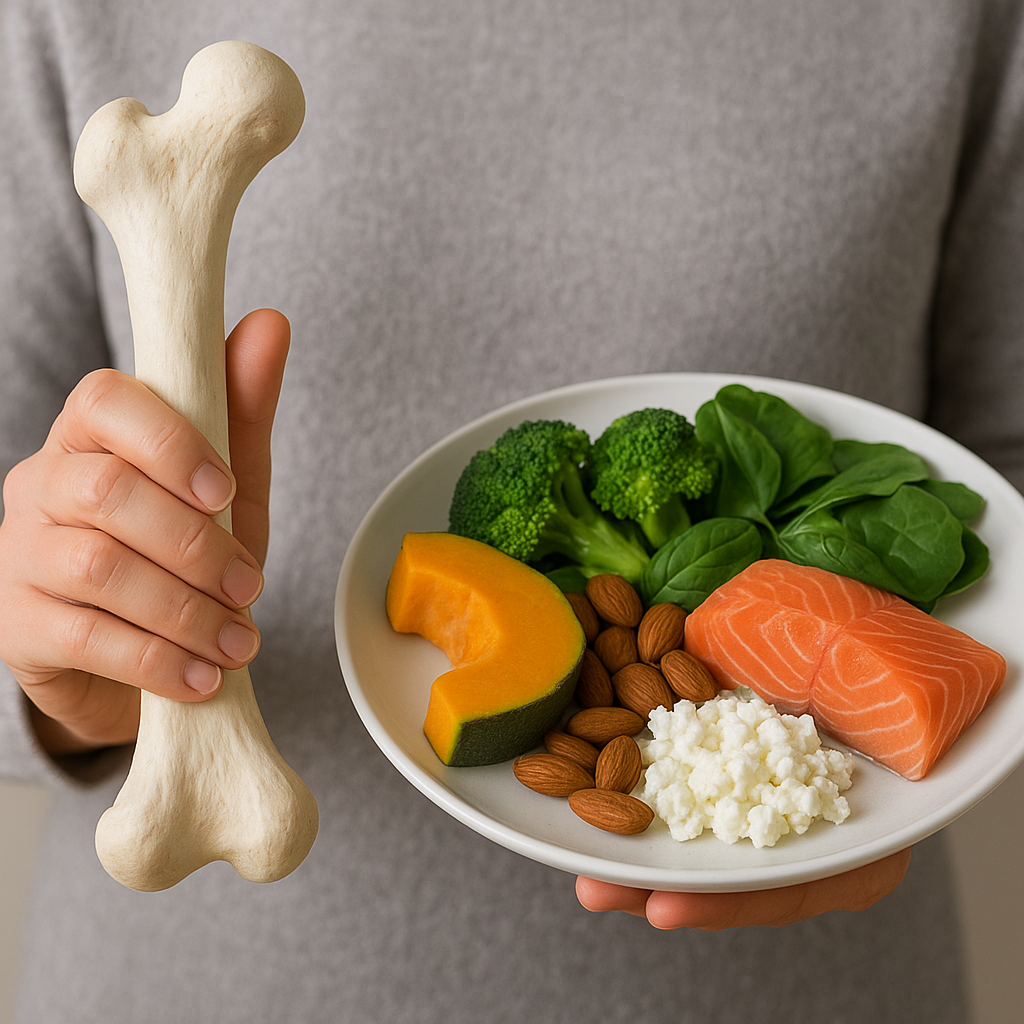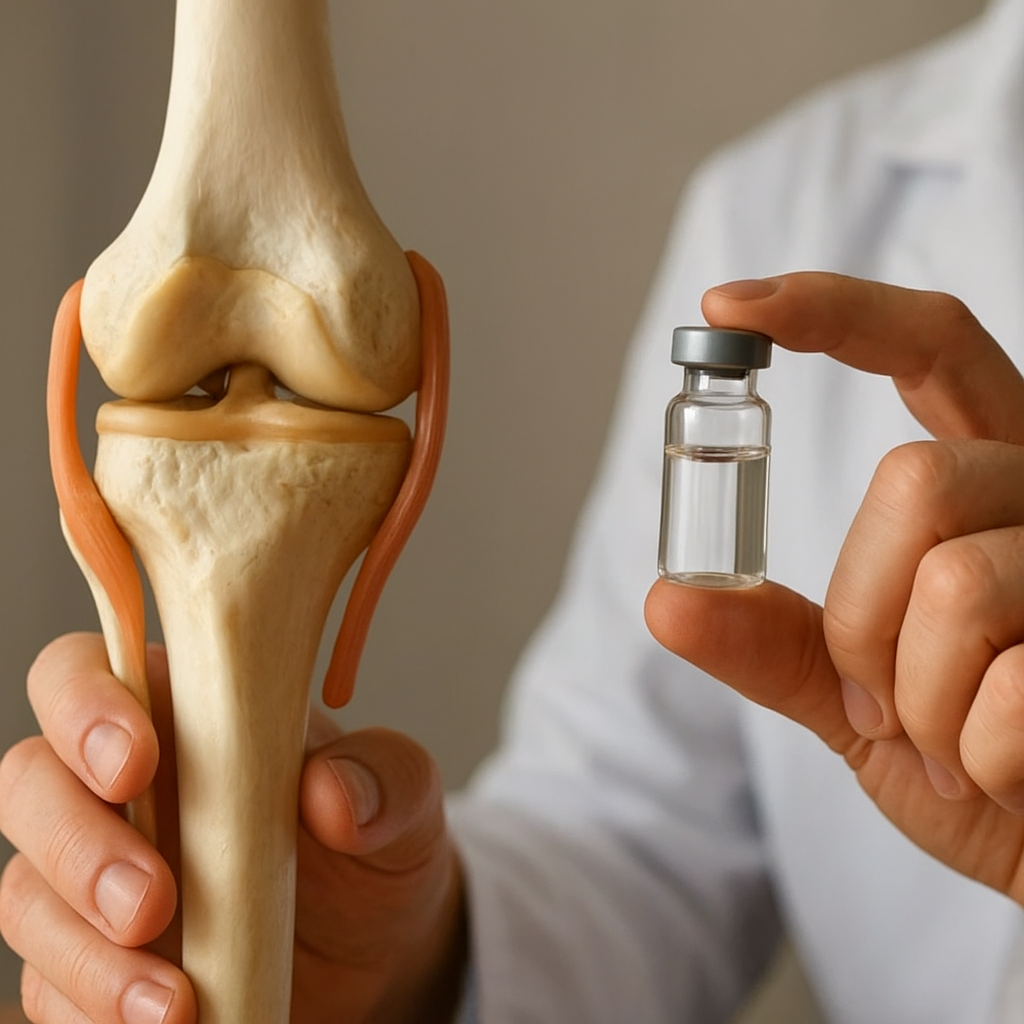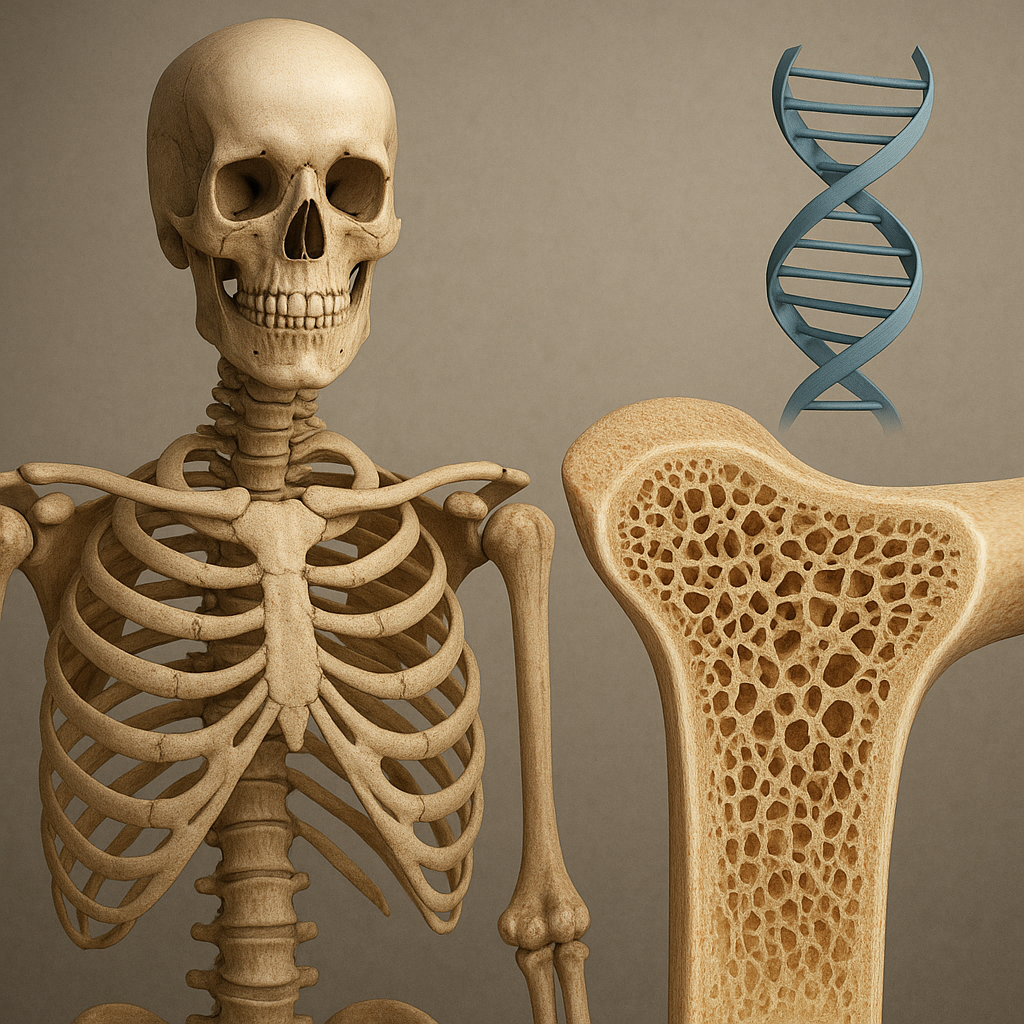Understanding the composition of bones is essential for grasping how our skeletal system functions and supports our bodies. Bones are not merely rigid structures; they are dynamic tissues that play a crucial role in various physiological processes. This article will explore the intricate composition of bones, detailing their components, functions, and the factors that influence their health and integrity.
The Basic Composition of Bones
Bones are primarily composed of a matrix that includes both organic and inorganic materials. This unique combination gives bones their strength, flexibility, and resilience. The main components of bone can be categorized into two groups: organic and inorganic materials.
Organic Components
The organic portion of bone is primarily made up of collagen, a protein that provides flexibility and tensile strength. Collagen fibers form a scaffold that supports the bone structure and allows it to withstand various stresses. In addition to collagen, the organic matrix contains other proteins, glycoproteins, and growth factors that play vital roles in bone development and repair.
- Collagen: The most abundant protein in bones, collagen fibers are arranged in a specific pattern that contributes to the overall strength and flexibility of the bone.
- Proteoglycans: These molecules consist of a core protein with glycosaminoglycan (GAG) chains attached. They help to retain water and provide compressive strength to the bone.
- Bone-specific proteins: These include osteocalcin and osteopontin, which are involved in bone mineralization and the regulation of bone remodeling.
Inorganic Components
The inorganic portion of bone is primarily composed of hydroxyapatite, a crystalline structure made of calcium phosphate. This mineral component provides bones with their hardness and strength, allowing them to support the weight of the body and resist deformation.
- Hydroxyapatite: Comprising about 70% of bone mass, hydroxyapatite crystals are deposited within the collagen matrix, giving bones their rigidity.
- Other minerals: Bones also contain smaller amounts of other minerals, such as magnesium, sodium, and carbonate, which contribute to their overall structure and function.
The Role of Bone Cells in Composition
Bones are living tissues that undergo constant remodeling throughout a person’s life. This process is facilitated by various types of bone cells, each playing a specific role in maintaining bone health and integrity.
Osteoblasts
Osteoblasts are specialized cells responsible for bone formation. They synthesize the organic components of the bone matrix, including collagen and other proteins, and are involved in the mineralization process. Once osteoblasts become embedded in the bone matrix, they differentiate into osteocytes, which help maintain bone tissue.
Osteocytes
Osteocytes are mature bone cells that reside within small cavities called lacunae. They play a crucial role in monitoring the bone’s microenvironment and communicating with other bone cells. Osteocytes help regulate bone remodeling by signaling osteoblasts and osteoclasts in response to mechanical stress and hormonal changes.
Osteoclasts
Osteoclasts are large, multinucleated cells responsible for bone resorption. They break down bone tissue by secreting enzymes and acids that dissolve the mineralized matrix. This process is essential for maintaining bone health, as it allows for the removal of old or damaged bone and the release of minerals into the bloodstream.
Factors Influencing Bone Composition and Health
Several factors can influence the composition and health of bones, including age, nutrition, physical activity, and hormonal balance. Understanding these factors is crucial for maintaining strong and healthy bones throughout life.
Age
As individuals age, bone density tends to decrease due to a reduction in the production of bone-forming cells (osteoblasts) and an increase in bone resorption by osteoclasts. This imbalance can lead to conditions such as osteoporosis, characterized by fragile bones and an increased risk of fractures.
Nutrition
Proper nutrition is vital for maintaining healthy bones. Key nutrients include:
- Calcium: Essential for bone mineralization, calcium is a critical component of hydroxyapatite. Dairy products, leafy greens, and fortified foods are excellent sources of calcium.
- Vitamin D: This vitamin is crucial for calcium absorption in the intestines. Sunlight exposure and dietary sources such as fatty fish and fortified foods can help maintain adequate vitamin D levels.
- Protein: Adequate protein intake is necessary for collagen synthesis and overall bone health. Sources include meat, dairy, legumes, and nuts.
Physical Activity
Regular weight-bearing and resistance exercises stimulate bone formation and help maintain bone density. Activities such as walking, running, and strength training promote the mechanical loading of bones, which encourages the activity of osteoblasts and enhances bone strength.
Hormonal Balance
Hormones play a significant role in regulating bone metabolism. Estrogen, for example, is essential for maintaining bone density in women. A decrease in estrogen levels during menopause can lead to increased bone resorption and a higher risk of osteoporosis. Similarly, testosterone is important for bone health in men, and low levels can contribute to bone loss.
Conclusion
The composition of bones is a complex interplay of organic and inorganic materials, with various cells working together to maintain bone health and integrity. Understanding the factors that influence bone composition is crucial for developing strategies to promote strong bones and prevent conditions such as osteoporosis. By prioritizing nutrition, physical activity, and hormonal balance, individuals can support their skeletal health throughout their lives.





